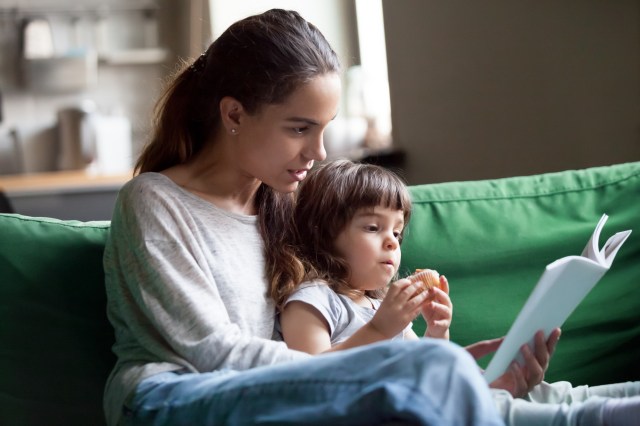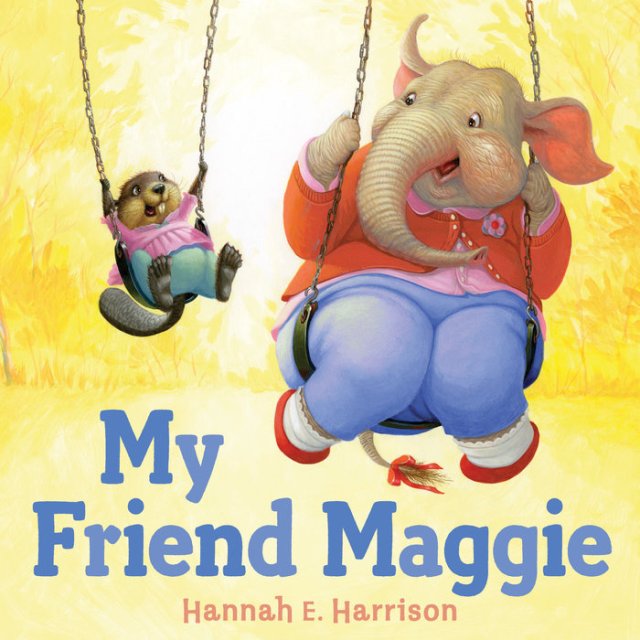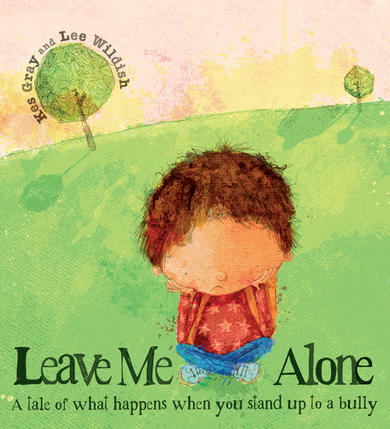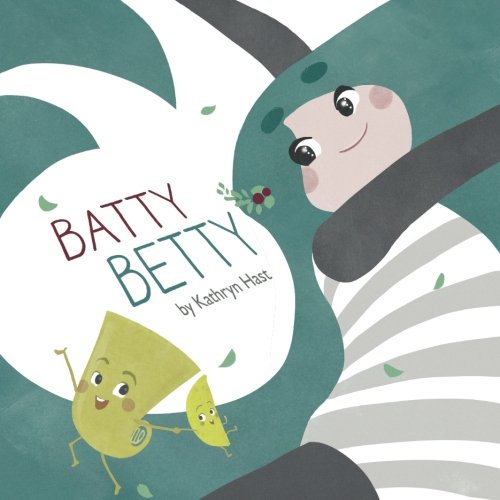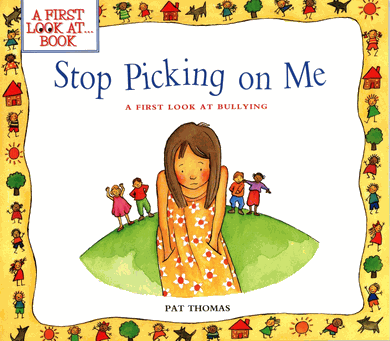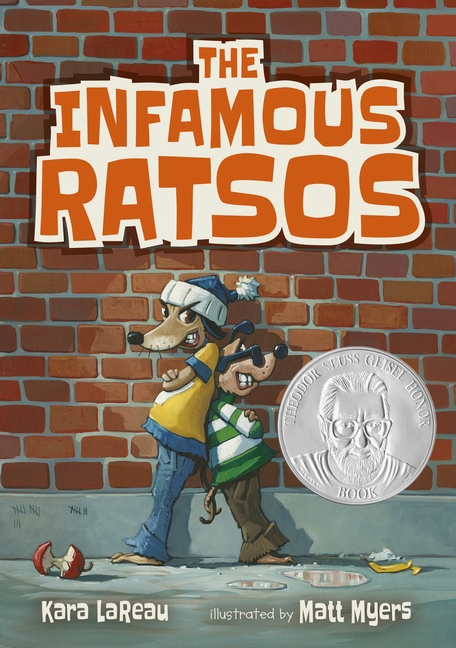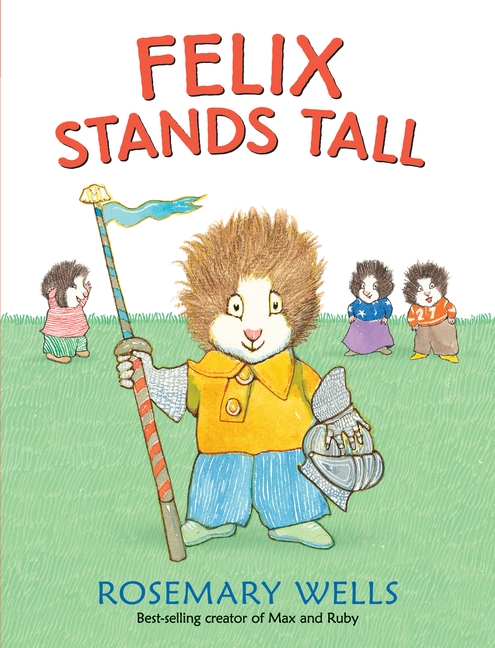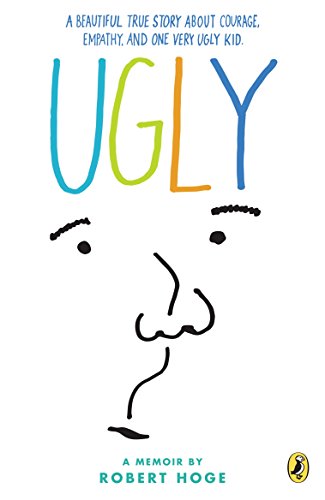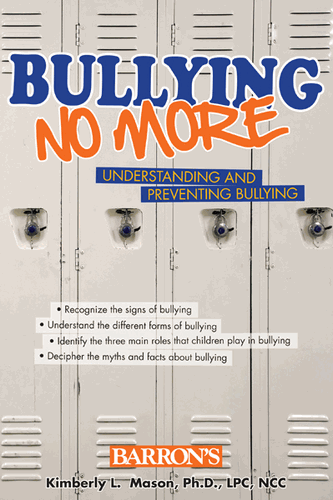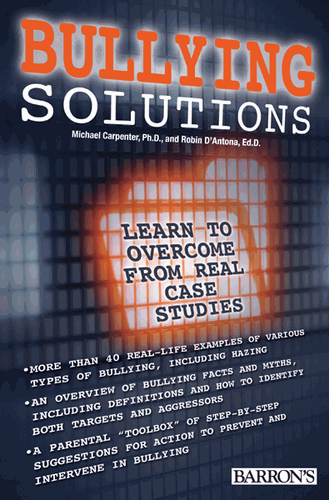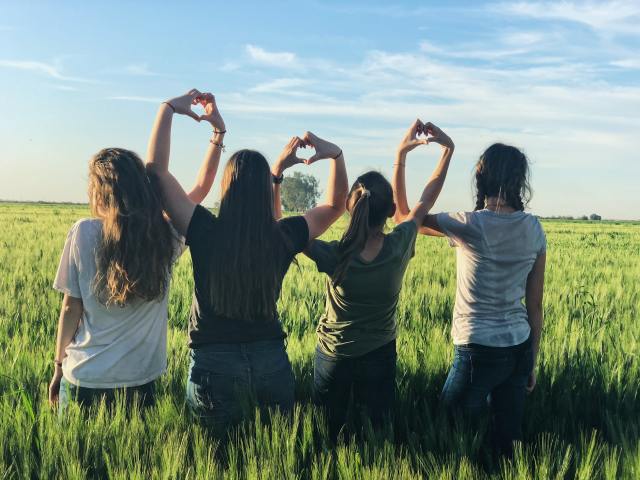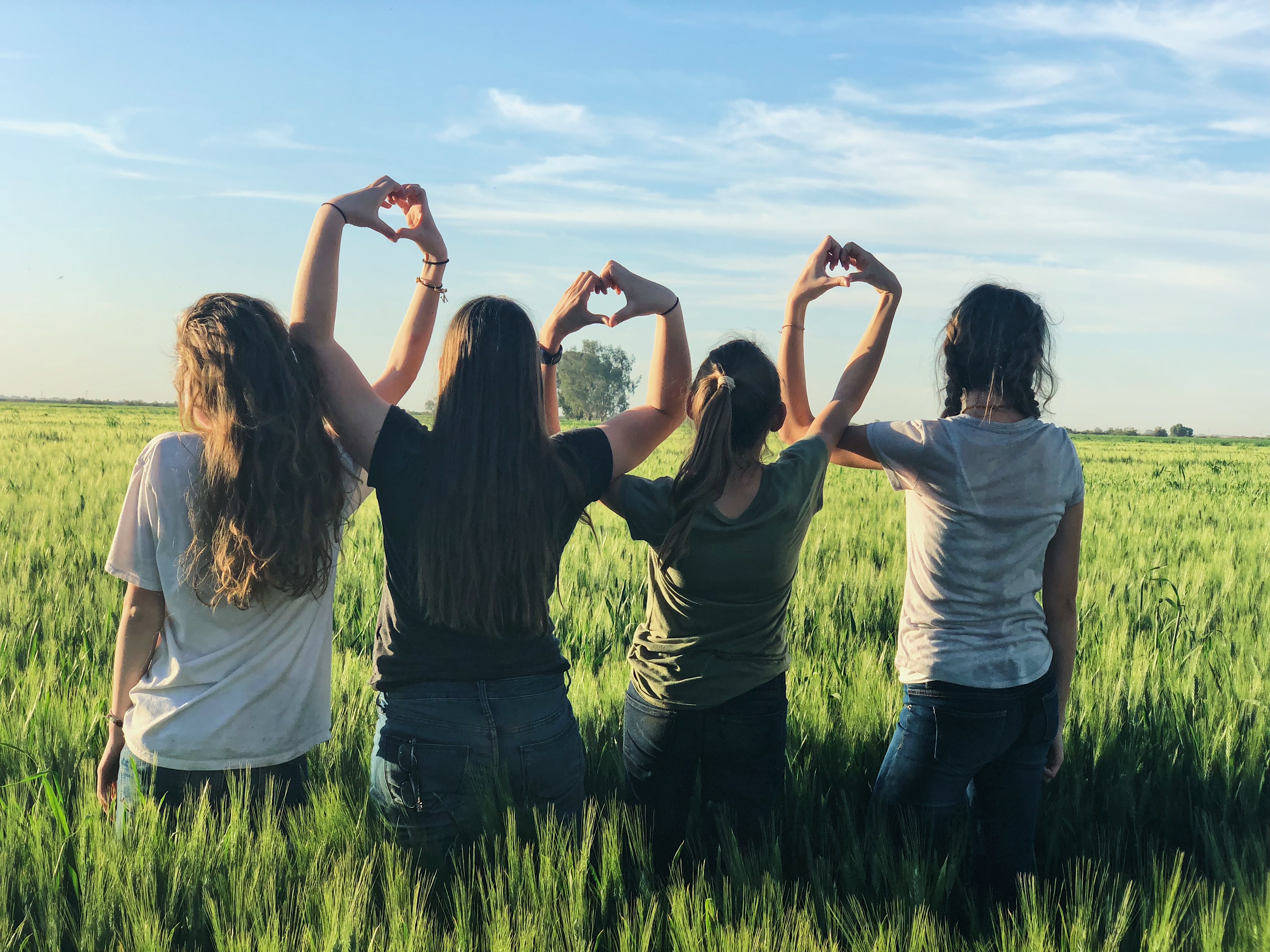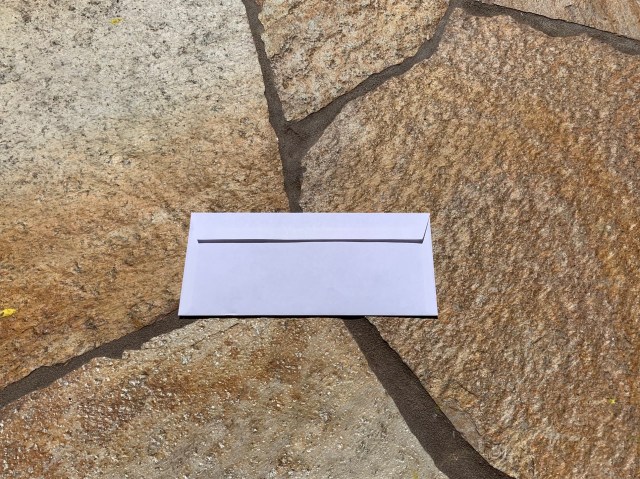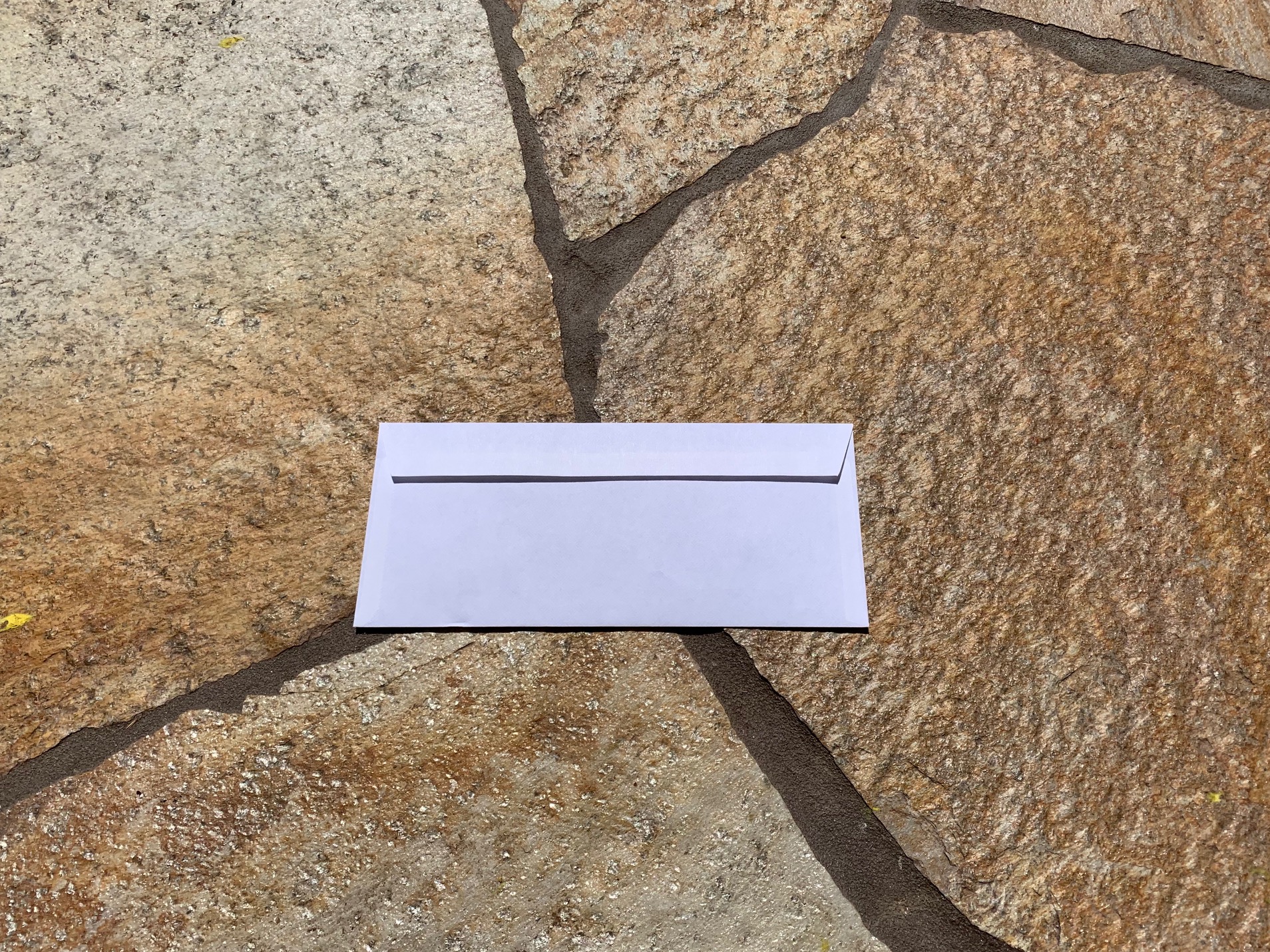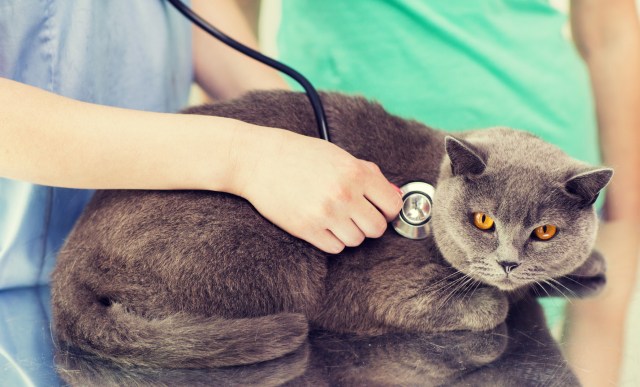Human beings are designed to do life together. Days feel infinitely more full and joyful when we share them with others. But it isn’t just moments of celebration that draw us close. It is the act of calling upon each other in times of desperation that truly knits us into a unit.
When my mother’s health took a turn for the worse last month, I discovered anew how laying groundwork within relationships pays off. It is the solid foundation of forever friends and familial bonds that provides strength and support when we need it the most.
In this season of gratitude, I feel especially thankful for the friends who cared for my husband and kids so I could take a few days off from mom life to focus on my role as a daughter and care for my ailing mother.
My mom prides herself in being a strong, successful and independent woman. She has her life under as much control as possible—an immaculate home, thorough files, strategically-planned retirement and detailed travel itineraries. She had plans to visit her seventh continent this fall, but a pesky tumor forced her to slow down and reach out for help.
Neighbors and friends covered the first week until I was able to fly out. Like mother, like daughter. Just as my mom called upon her own network, so did I. I enlisted the help of my “village” so that I could travel across the country to serve as a crucial member of her support network in her season of need.
I ached for ways to help, both tangibly and emotionally. My primary love language is Acts of Service. This is how I both feel loved and express my love for others. So, the best way for me to care for my mother was to show up in person and provide some helping hands and feet.
I tucked my mom in to her nest on the couch and baked fresh bread, changed lightbulbs and typed up her financial affairs, rolled the recycling bins out to the curb and listened to stories about family heirlooms. In other words, I got to be a grown-up daughter.
In the process of helping my mother in California, I opened myself up to experience the love of my friends in New York. They stepped up to take care of the needs around my home that arose because of my absence. Yes, my husband could have managed dinner each day, but I cherished the opportunity to say yes to friends offering to deliver meals. I could feel their love flowing clear across the country on the evenings they stopped by our apartment. Rotisserie chicken, bread and broccoli showed up at our door to nourish my kids and husband, and in that instant my heart was fed as well.
I have four kids and a life full of responsibilities in New York City, but the foundation I’ve laid over the last decade made it possible to step out of my regular routine for five days to make a difference in my mother’s quality of life. Here are three ideas to make this feasible in your life too.
1. Nurture relationships with a few dear family friends who understand and love your kids. It helps if they also have the bandwidth and desire to help. Should an emergency come your way, it will be less of a shock to their system if your kids already know and trust these friends.
2. Empower your spouse by encouraging them to foster friendships too. How? Chat up other parents at birthday parties, invite another family along apple picking, or join forces navigating the trick-or-treat crowds. I had lined up friends to help with school pickups and drop-offs during my trip so my husband could work, but I left the weekend schedule open for him to figure out. Because my husband had already invested in some neighborhood friendships, he was comfortable texting several families to plan playdates for the weekend I was away. The result? They had a blast! They cheered on a friend running the marathon, hosted an impromptu pizza party, and swung from tree limbs in Central Park.
3. Look out for ways to give and receive help, and in so doing, you will strengthen your relationship web. There’s something beautiful about shouldering one another’s burdens. Sure, we can take care of our own basic needs. But isn’t it lovely to let others care for you in a way that frees you up to, in turn, care for others? It makes life less lonely and more purpose-filled. It’s not lost on me that I have been granted these loving friendships so that I can turn around and pour out that love on others in my life. I am blessed in order to be a blessing.
Will my kids inherit this culture of generosity and care? I hope so! I pray that they will grow up to truly value the relationships in their lives. Then, when I am old and gray and need my adult children to come take care of me, it will be their turn to joyfully draw upon their own foundational friendships.







